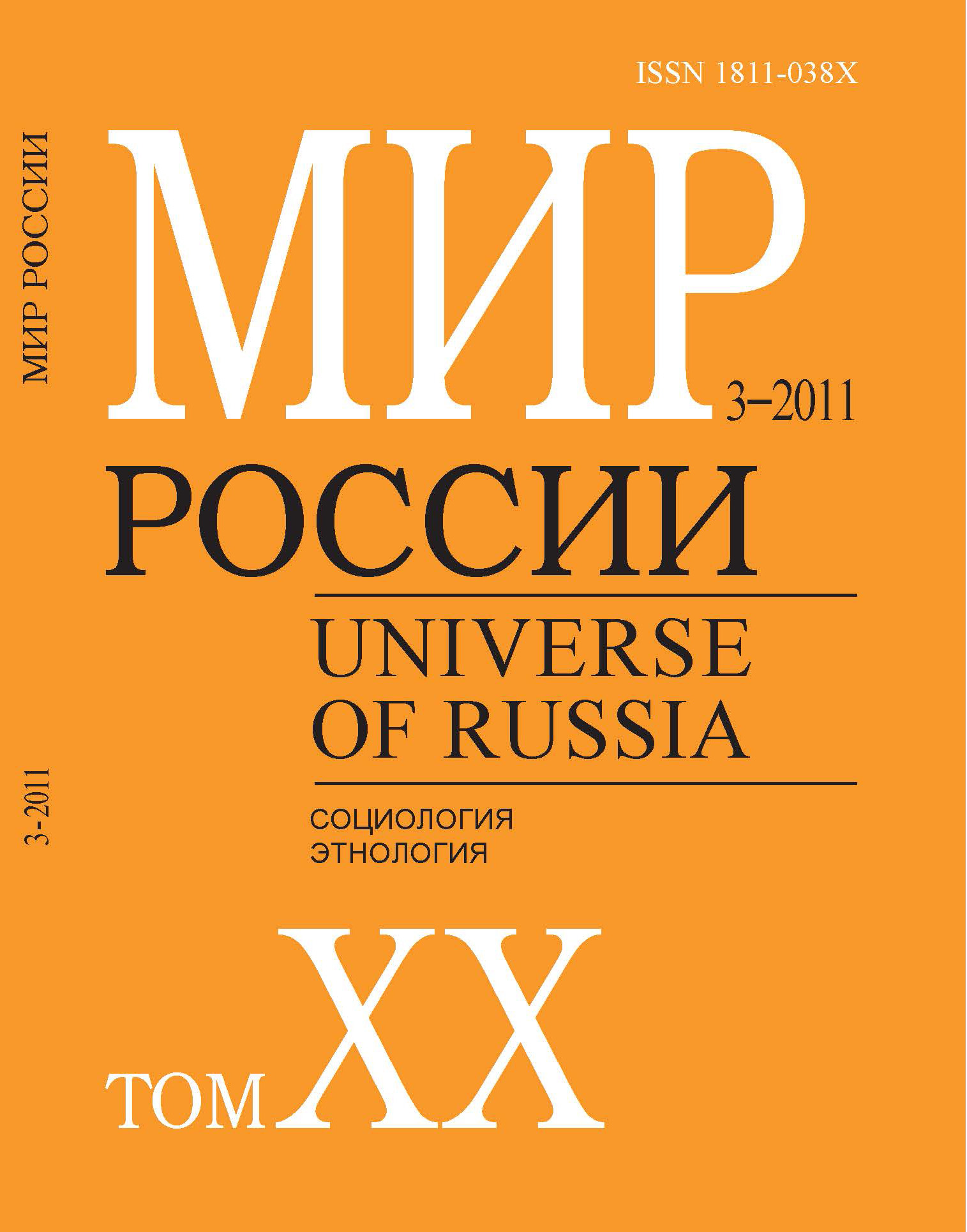Education Forecasting in Russia: a Concept and Empirical Indicators
Abstract
Franz Sheregi — Director, Federal State Scientific Organization ‘Centre for Sociological Research’. Address: 9, Gostinichnaya St., Moscow, 127106, Russian Federation. E-mail: f-sheregi@inbox.ru
When people talk about the inconsistency of sociology, most often they refer to its inability to provide certain axioms. As a consequence, the modeling of probabilistic forecasts in sociology is not always achievable, or, at least, has a high risk of failures. This article shows, however, that sociological forecasts are possible upon one clear condition: if the object of analysis — in this case, education — can be disassembled according to its objective and normative functions. The stability of prediction for the objective function of education is guaranteed by the fact that it is based on empirical measures of the demographic process. On the other hand, the forecast for the normative function of education has a fairly wide range of variation, since apart from the demographic projections (first of all) it also depends on the state of the economy, the living standard, ideology and system of the authorities.
The forecast of education for the objective function till 2025 provided here is based on empirical data from the Federal State Statistics Service. The forecast considers the influence of the ‘demographic pitfall’ caused by ‘the echo of war’ on the variation in enrolment. At the same time it is shown that the influence of ‘the echo of war’ on the Russian population is gradually fading, while at the same time the effect of economic crises is negatively affecting the birth rate.
Also, the article focuses on a number of conceptual problems of forecasting education related to the debate in academic circles on whether education is a social institution. The article also focuses on discussing the issues of the organic relationship between education, specifically as a social institution, and public distribution relations; its role in the reproduction of socio-occupational and social-class structure; the role of education as a ‘buffer’ that softens the natural between-generation contradictions.
It is shown that the ‘demographic pitfall’ affects school enrolment, which has a dense wave-stretched shape. It tends to have a weakening negative effect on most levels of formal education starting from the 9th grade. It also affects the segment of primary vocational training and, partly, the share of unskilled and semi-skilled work force. In general, it is worth noting that the ‘demographic hole’ produces a negative impact on all levels of education, including the higher vocational one, although it has a positive social outcome on the level of post-higher education (aspirantura and doctorantura are the corresponding degrees in Russia) by reducing the pressure on the teaching staff with diminishing number of students.






